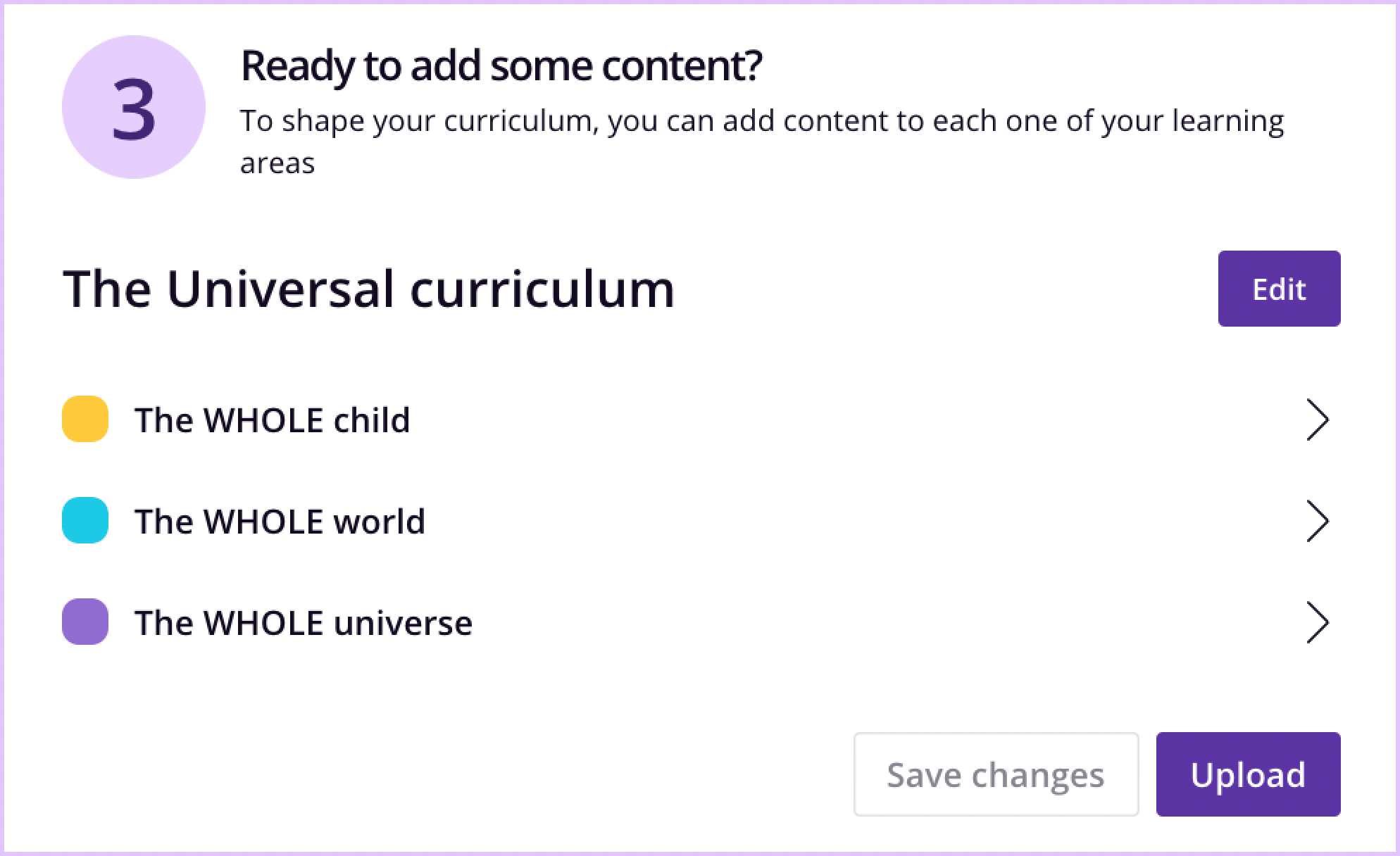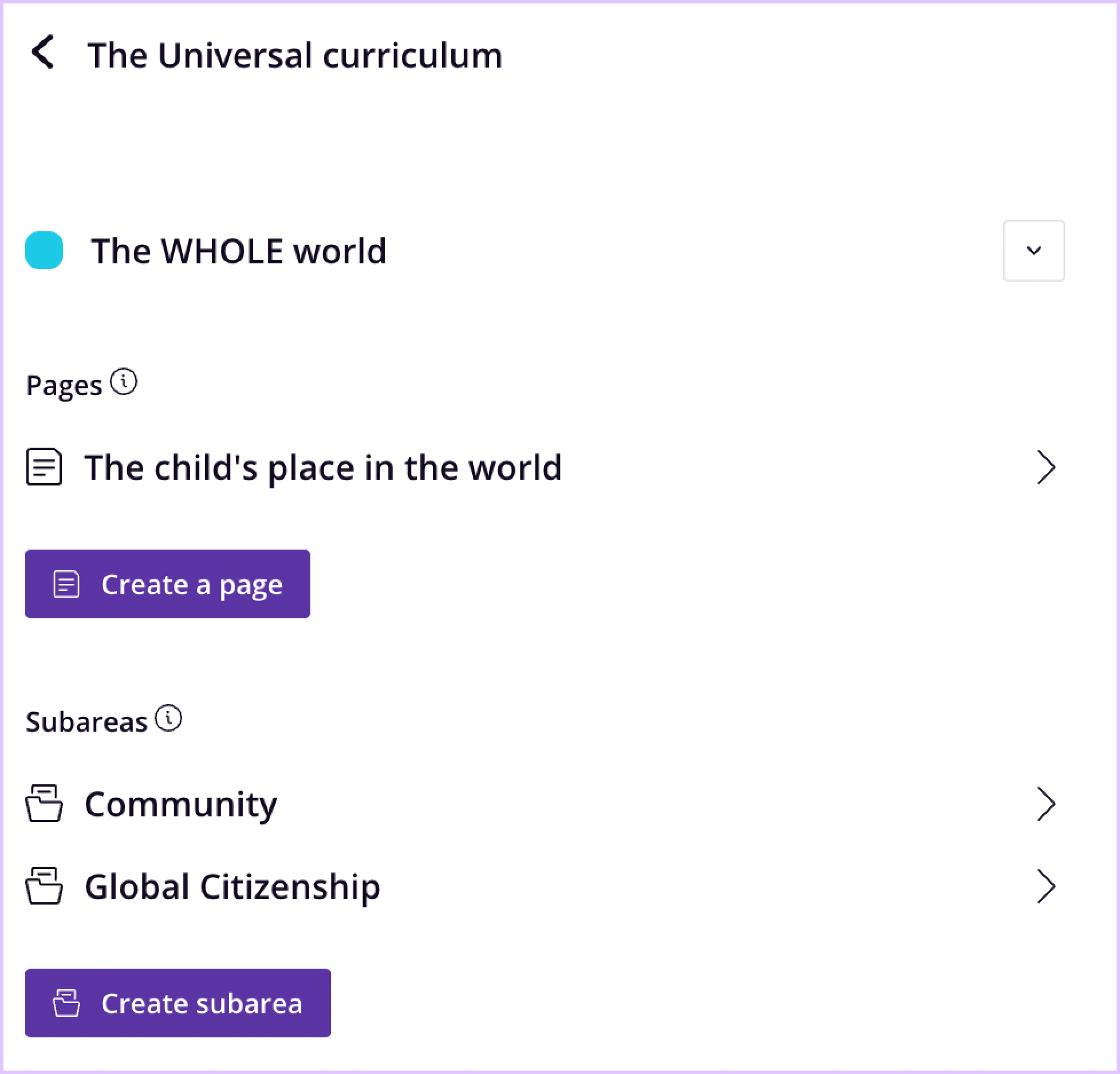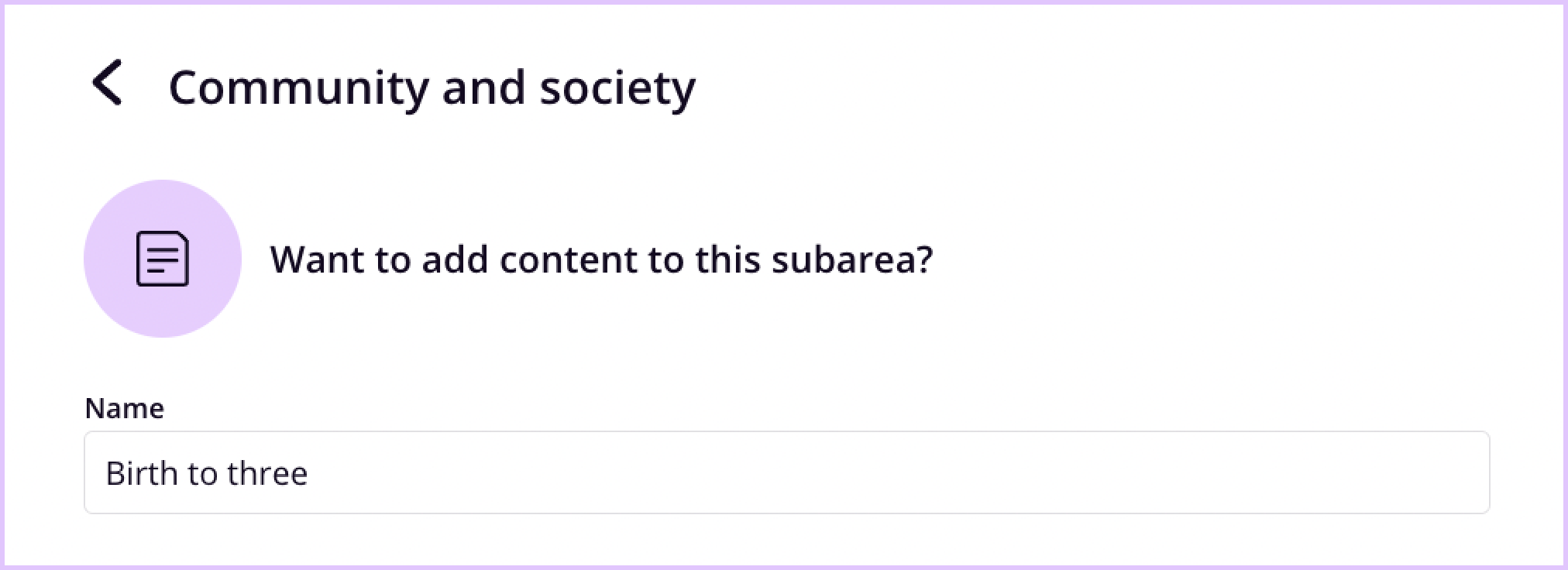settings
children
With Famly since
What is a curriculum in an Early Years setting?
Well, let's start with what it isn't.
Dr Sue Allingham explains,
- A curriculum isn’t a one size fits all progression model, where everyone moves through their Early Years education with the same teaching, in steps, at the same time.
- A curriculum isn’t about what the adults think is important or about what social media (or anyone else) says.
- A curriculum isn’t downloaded, copied, or bought in a series of books (or a rush to the Early Learning Goals).
- A curriculum isn’t set in stone.
- A curriculum isn't just the educational programmes of the Early Years foundation stage.
OK, so then what is it?
Well, Sue says you could think of it as an overview of what children should be able to do when they leave your care (but keep it open-ended, considering the Unique Child) or a list of experiences or learning you'd like them to have.
To ask another Sue, this time Sue Cowely, a great way for Early Years providers to start thinking about curriculum is to consider your provision and what it offers to those who use it. This Sue recommends that you ask the question, "What makes us ‘us’? If you could choose three things to define your setting, what would they be?"
And, Jan Dubiel defines curriculum as the content, the ‘what’ that we want children to know. But, he explains, "In Early Years, the curriculum has to be about more than just acquiring knowledge. It also needs to include the learning of key skills and behaviours."
Jan recommends we ask ourselves questions like:
- What is it we want for these children?
- What do we want them to know and be able to do?
- How do we want them to ‘be’?
And, Sue (Allingham this time) adds “It’s about thinking about your team, the area that your setting is in, the children you have, and the skills and knowledge you want them to learn by the time they leave. No two settings are going to have the same curriculum”.
How do our intentions for children become a solidified curriculum?
Sue Allingham explains that, like an onion, there are layers of things to take into account:
- First layer – The Families of your cohort of children, their cultural capital, and how well you know them.
- Second layer – Other people, including your role as a teacher.
- Third layer – The physical environment, including resources, the decor and design etc.
- Fourth layer – The emotional environment
- Fifth layer – The Curriculum itself, including who has been involved in the development and how you plan to assess the impact.
- Centre – The Children, including the role of the child in their own learning and play, commonality, individuality and context.
You can find out more about Sue's onion in the webinar she presented about Owning the Curriculum.
Plus, it helps if everyone at your setting knows what they're supposed to be doing.
Jan Dubiel explains that formalising a curriculum in early education can provide a sense of purpose, illustrate how things connect, and define how progress can be made.
In Famly, you can do this in the curriculum builder.
Now, I don't have my own Early Years setting, but I was an Early Years educator, so I had a go at this myself. For this example, I chose to create a curriculum from scratch (instead of using a template) around the three main pillars of the ethos of my imaginary setting.

Next, I added sub-areas to each of the three main pillars, which reflect the needs of my imaginary cohort. For example, under my 'The WHOLE world' section, I've added the sub-areas, 'Community' and 'Global Citizenship'.

And, you can get even more granular. Under my sub-areas of learning and development, I added some more subareas, reflecting the knowledge, experiences, and behaviours I'd like to support my imaginary children with.
I chose all the aspects as they embody the learning I want to provide in practice, but aren't overly prescriptive in terms of outcomes. My imaginary Early Years educators can evaluate and decide how they'd like to explore these early learning subjects, using their professional judgement to adapt and assess how individual children progress.

I could even add age bands if I chose to more clearly define the stages or sequence a child's progress might follow.

So I have a curriculum now?
Well... sort of.
Your curriculum won't be static, or relevant forever. To remain child-centred, your curriculum will naturally change and adapt to the particular cohort of children you're working with.
Plus, most settings must have regard for changing guidance from local authorities, mandated frameworks like the Early Years foundation stage, or wish to incorporate content from other non-statutory guidance, such as Development Matters.
Jan Dubiel explains, "The curriculum is something fluid and constantly developing. Children do not ‘finish’ the curriculum but continually add new knowledge and skills and critically deepen their understanding of what it all means to them. That’s why children should apply their ‘ownership’ of the curriculum content and then use it to further their understanding."
The big ideas
Try learning journals for free
Add observations, and build digital learning journals to share with families instantly. All with your completely free 14-day trial.
Get started









